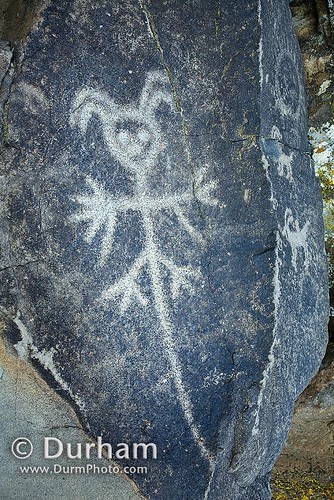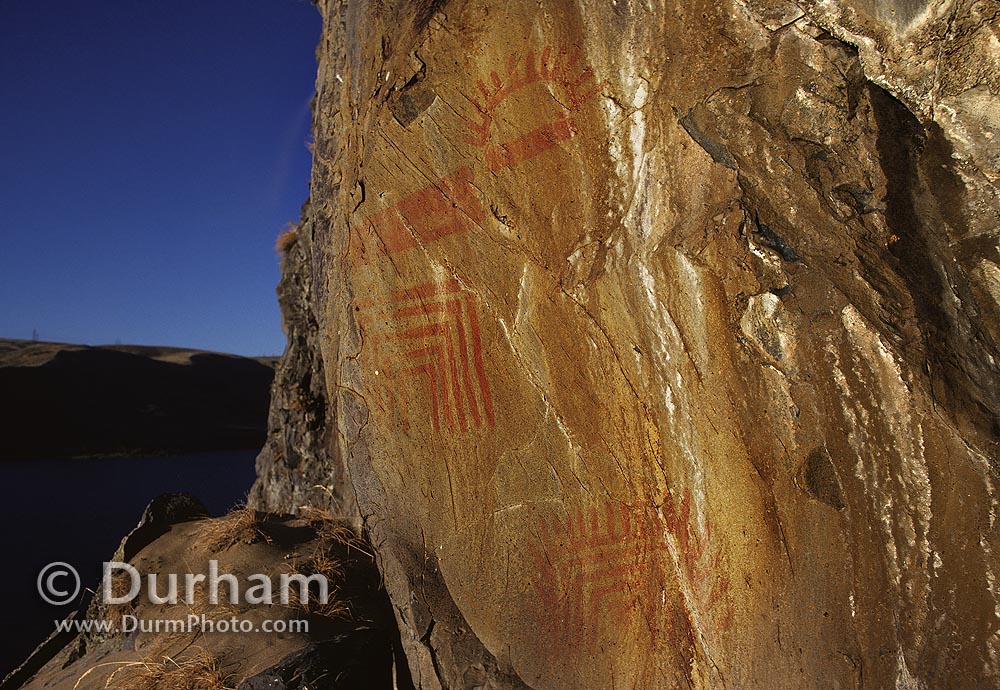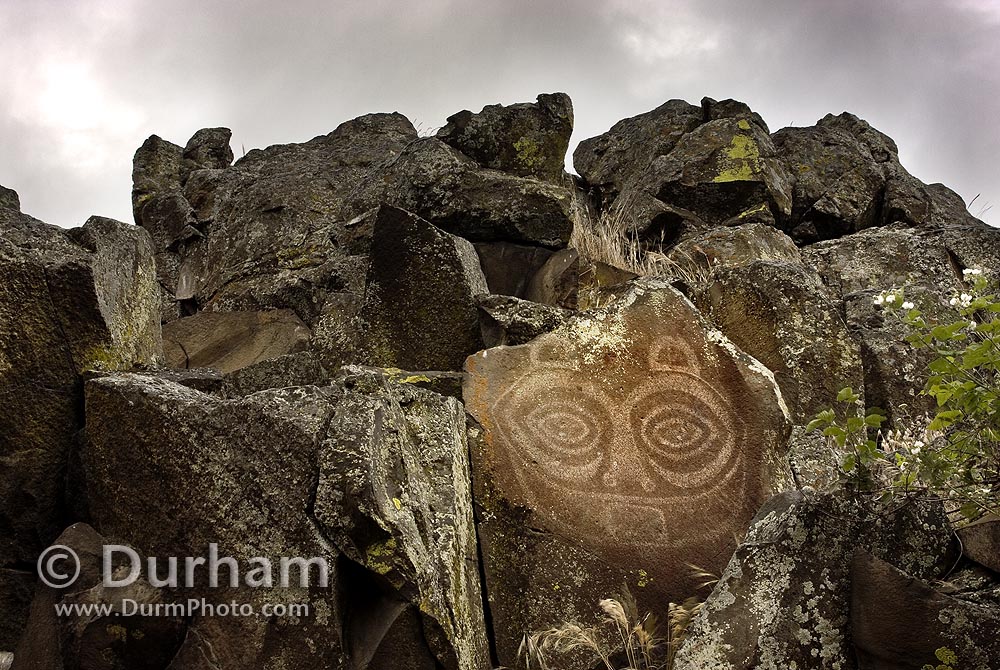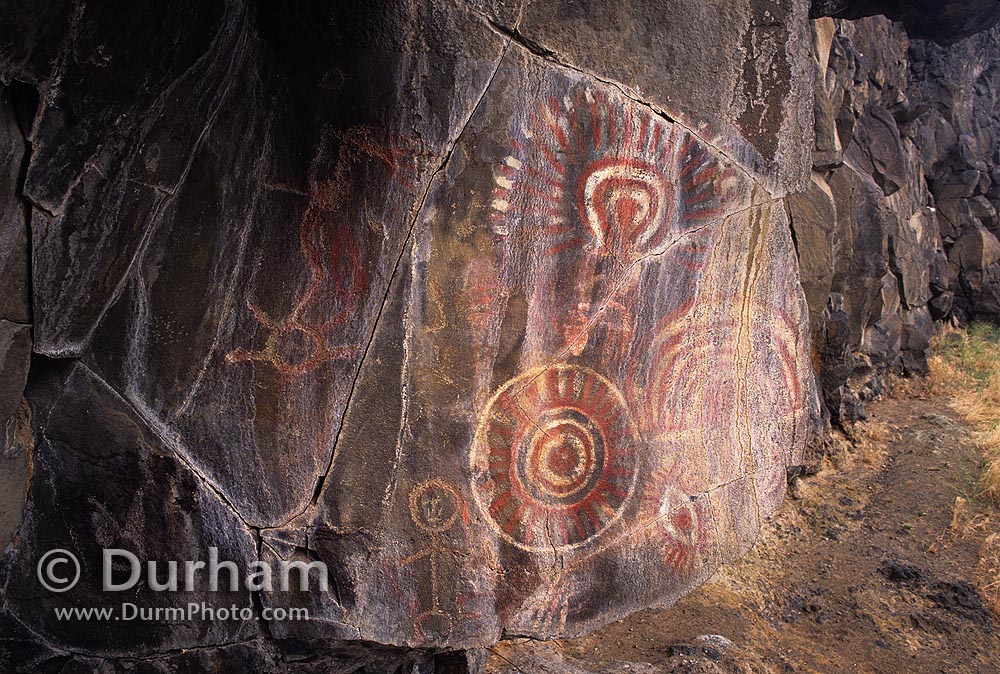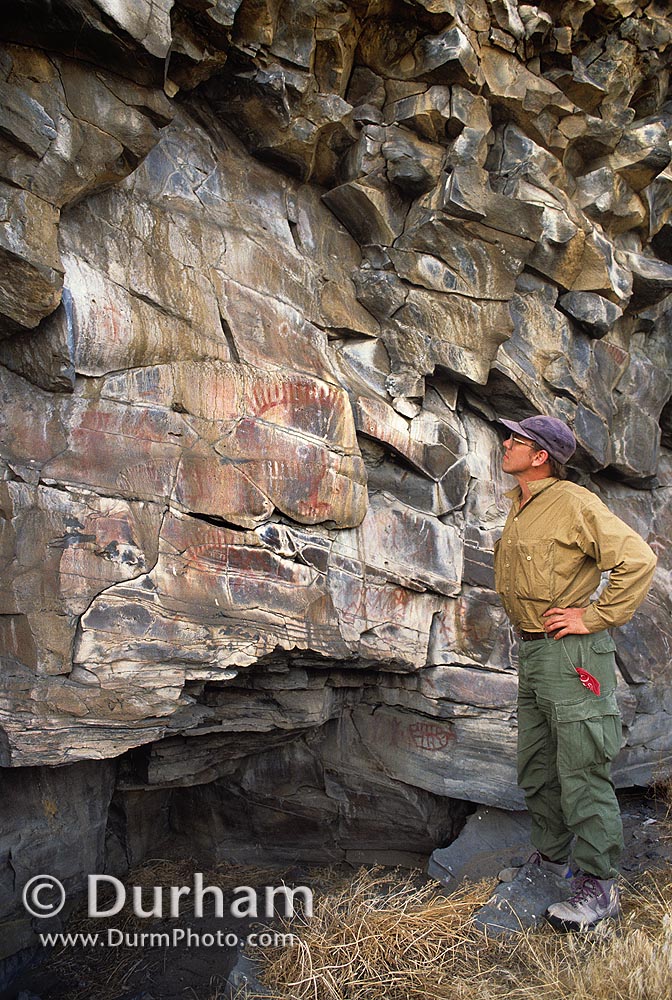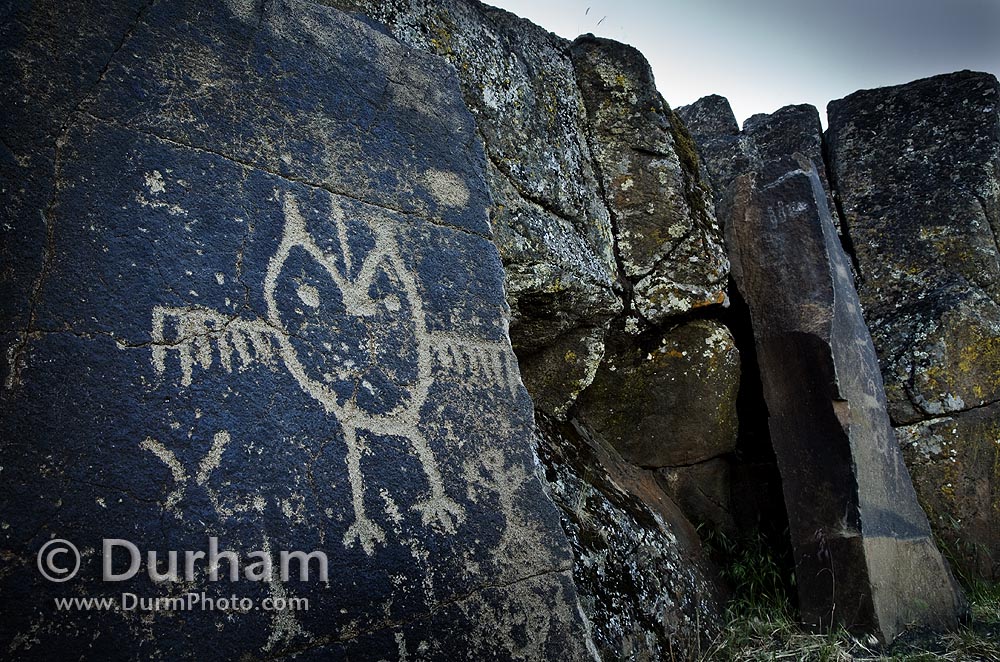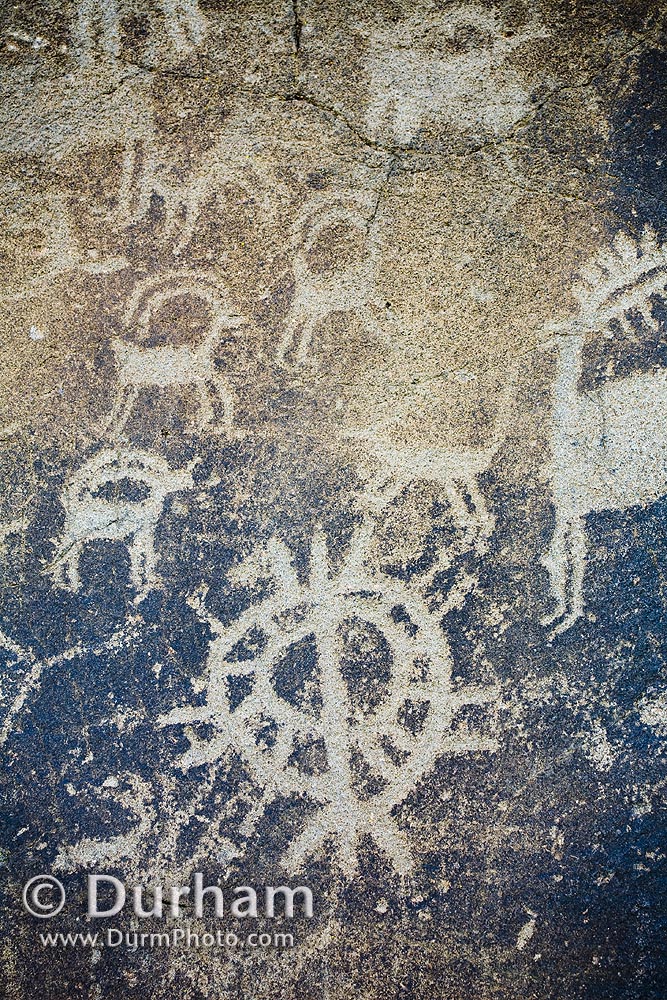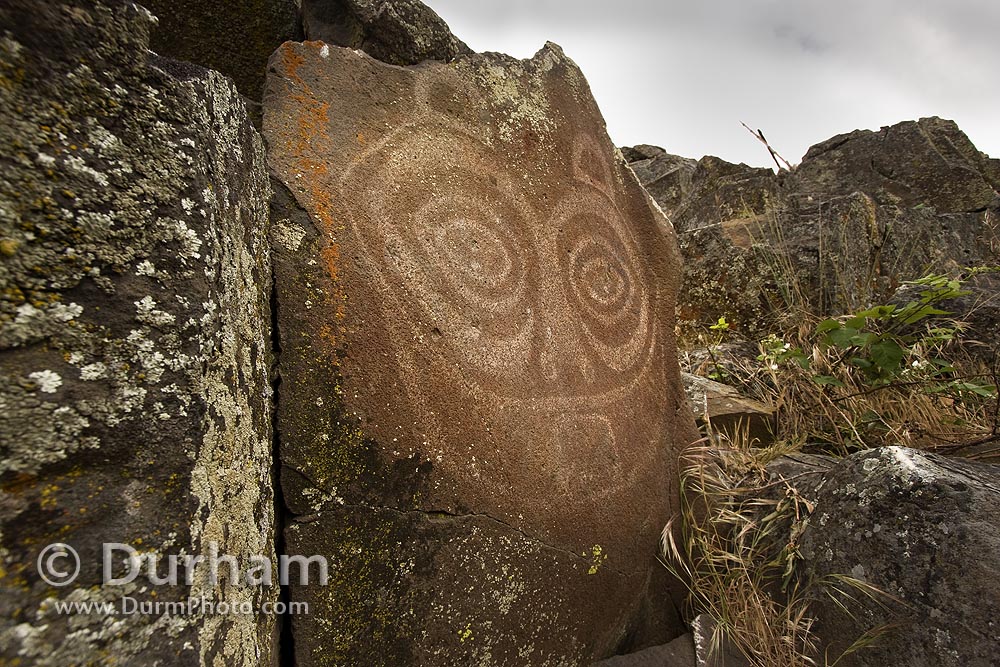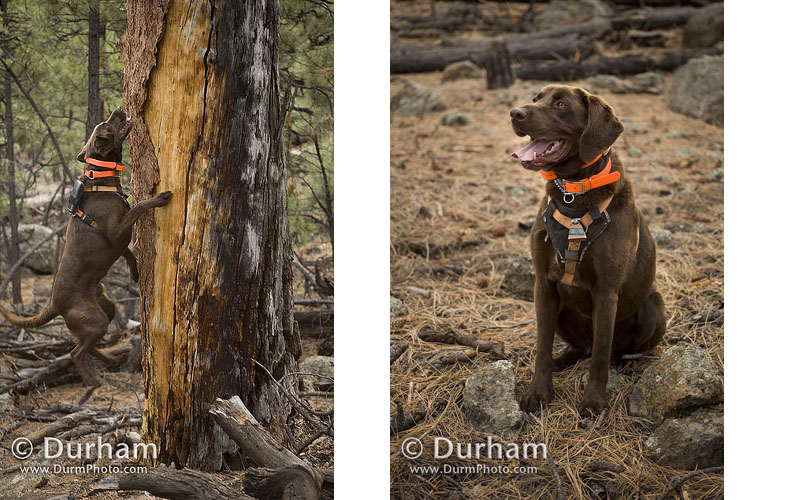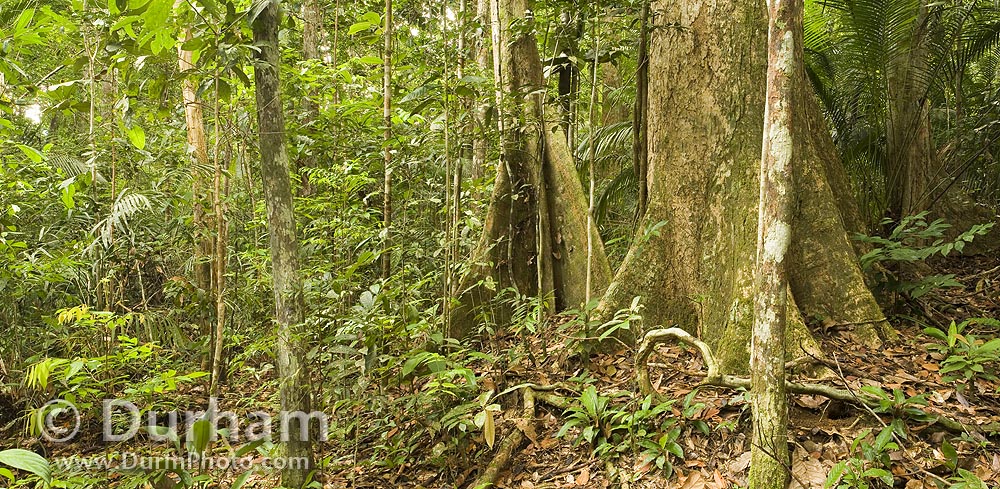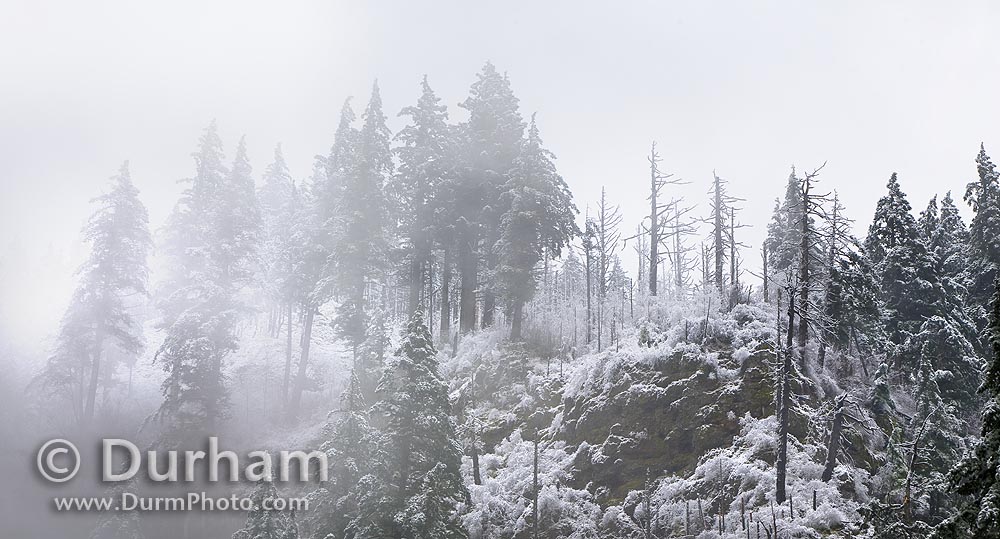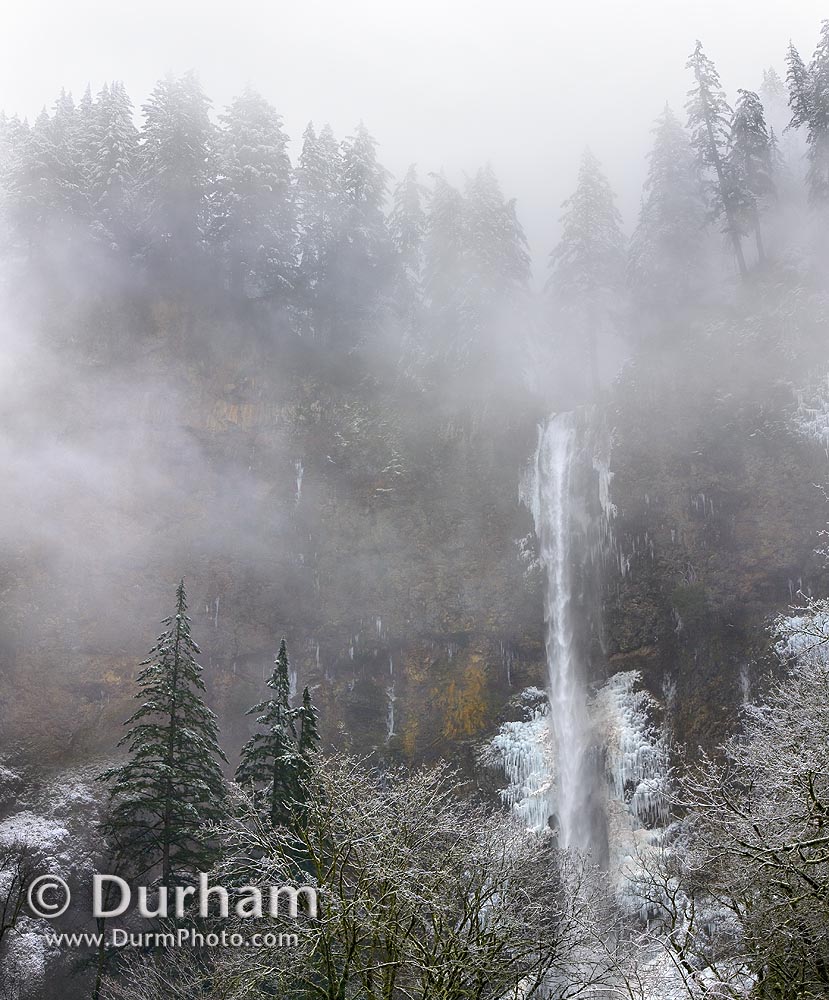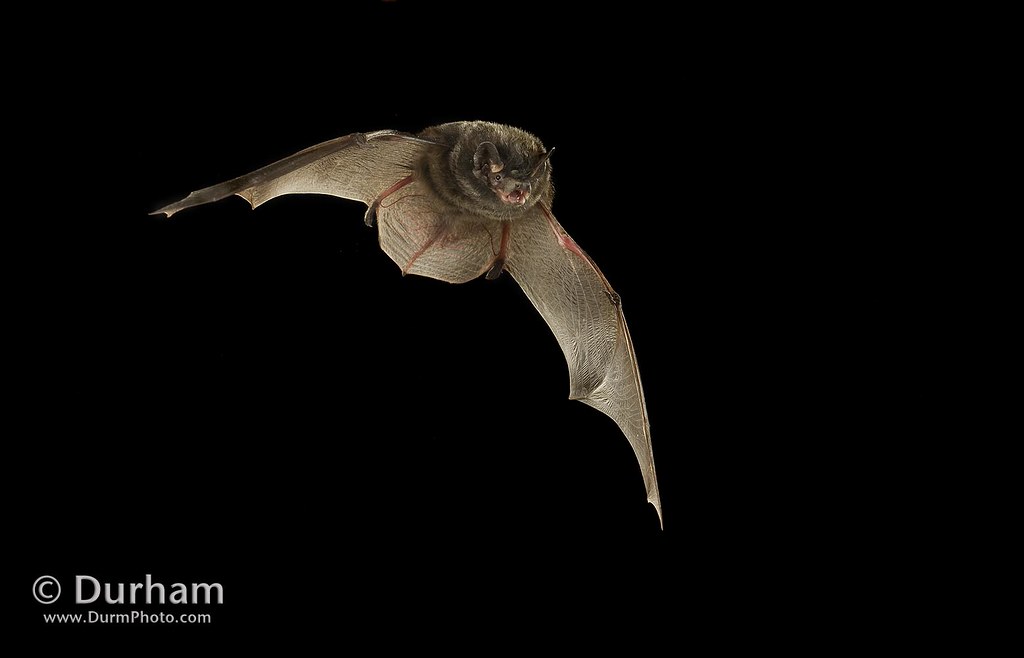
Silver-haired bat (Lasionycteris noctivagans)
Their name is derived from the frosty patch of pelage that runs along their back. There can be considerable variation in adult fur color and the "silver hair" is most visible in the darker individuals.
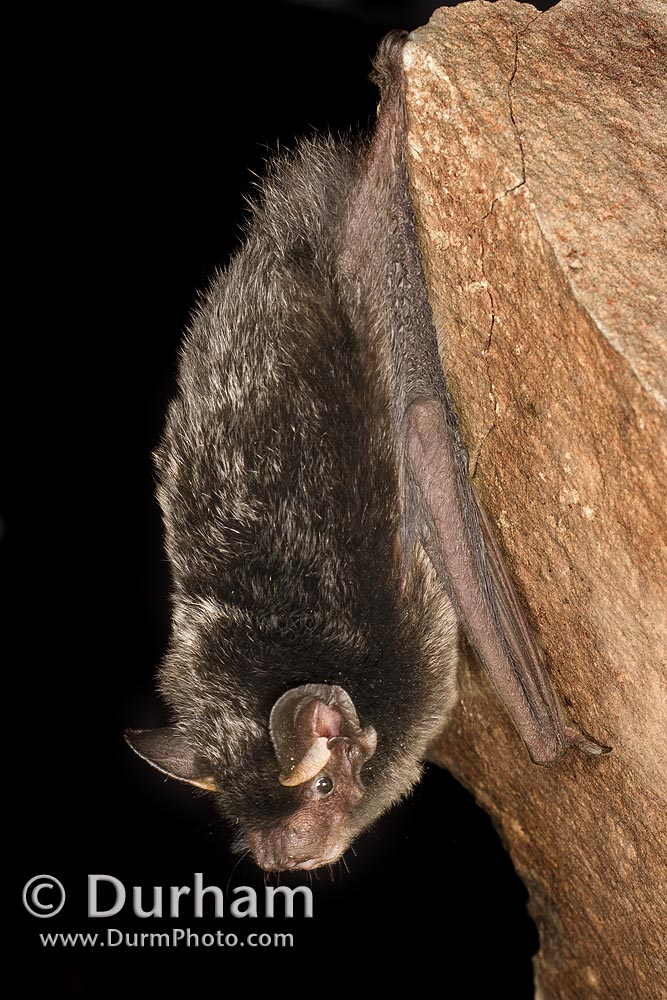
Silver-haired bat (Lasionycteris noctivagans)
I have come across these bats on many occasions, but have found it frustrating to try and get good images of them. Mostly, I think, its their contrarian personality. When I try to get portraits they fly away. When I try to get flight shots, they decide to remain on their perch. No other bat has ever given me such a difficult challenge when trying to get images.
Yet they have a lot of personality - and an expressive face.

Silver-haired bat (Lasionycteris noctivagans)
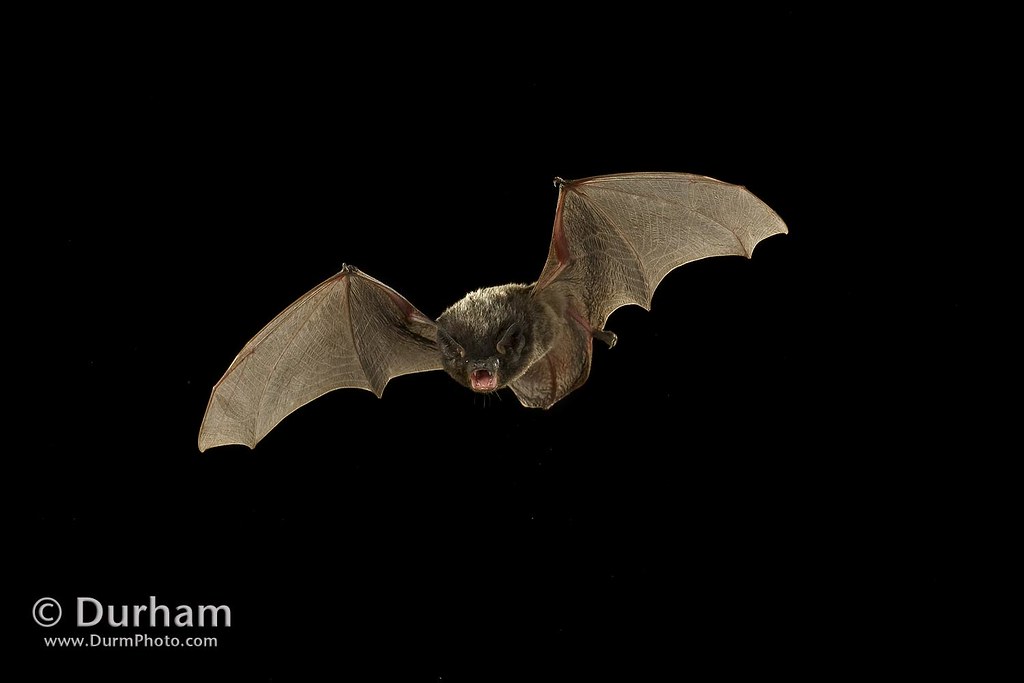
Silver-haired bat (Lasionycteris noctivagans)
I finally found a silver-haired bat that was a willing subject - thanks to Barb Ogaard, a bat specialist and rehabilitator. This little bat was a fat, happy, and just getting out of rehab. And she was more than willing to exercise her wings in preparation for her upcoming release back into the wild.
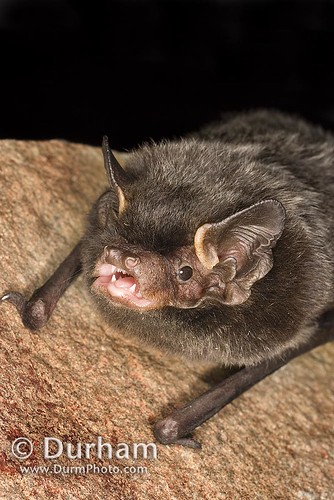
Silver-haired bat (Lasionycteris noctivagans)

